As we enter the fall season, truck drivers across the country are making important adjustments to their rigs and driving habits. To stay safe during the fall season, truck drivers should understand the following hazards and check out the Fall Driving Tips for Tanker Drivers.
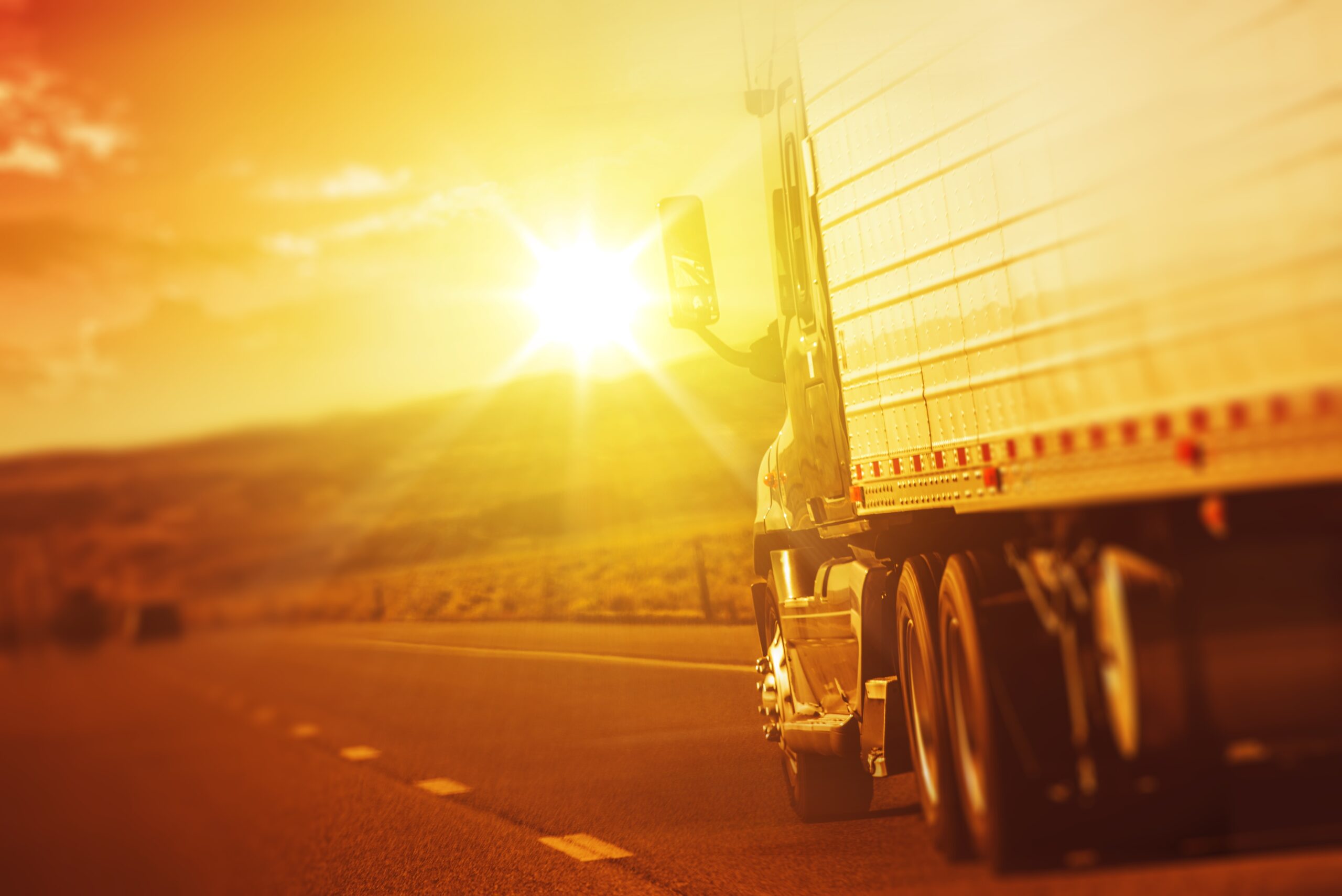
Sun glare at dawn and dusk
Did you know that sun glare is actually worse for truck drivers during the fall season because the sun is closer to the horizon? The lower angle of the sunlight makes it difficult for drivers to see the road ahead, particularly when the sun is setting. The sun hits drivers’ windshields from the front, and it will bounce off the rearview mirror and create a glare when it’s setting behind them.
Dirty windshields exacerbate this problem, making it difficult to see at all. Which is why James J. Williams cleans and washes our trucks regularly. For Tanker Drivers on the road, we advise cleaning your windshield every day (as much as possible), and wearing polarized sunglasses to protect your eyes and make it easier to see during fall season.
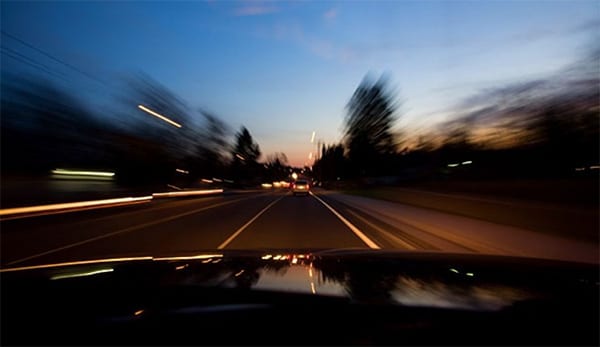
Driving in the dark
“When Daylight Saving Time ends, many people will find themselves spending more time driving in the dark than they did in the summer,” the National Safety Council warns. “Depth perception, color recognition, and peripheral vision can be compromised in the dark, and the glare of headlights from an oncoming vehicle can temporarily blind a driver.”
A 50-year-old driver might need twice as much light to see as well as a 30-year-old, the safety council says. And at 60 and older, we generally see road signs less clearly, have more trouble judging speed and distance, and are bothered more when headlights glare, according to the American Optometric Association.
JJW Drivers will want to be careful driving and double check all lights are working as part of your thorough pre-trip inspection.
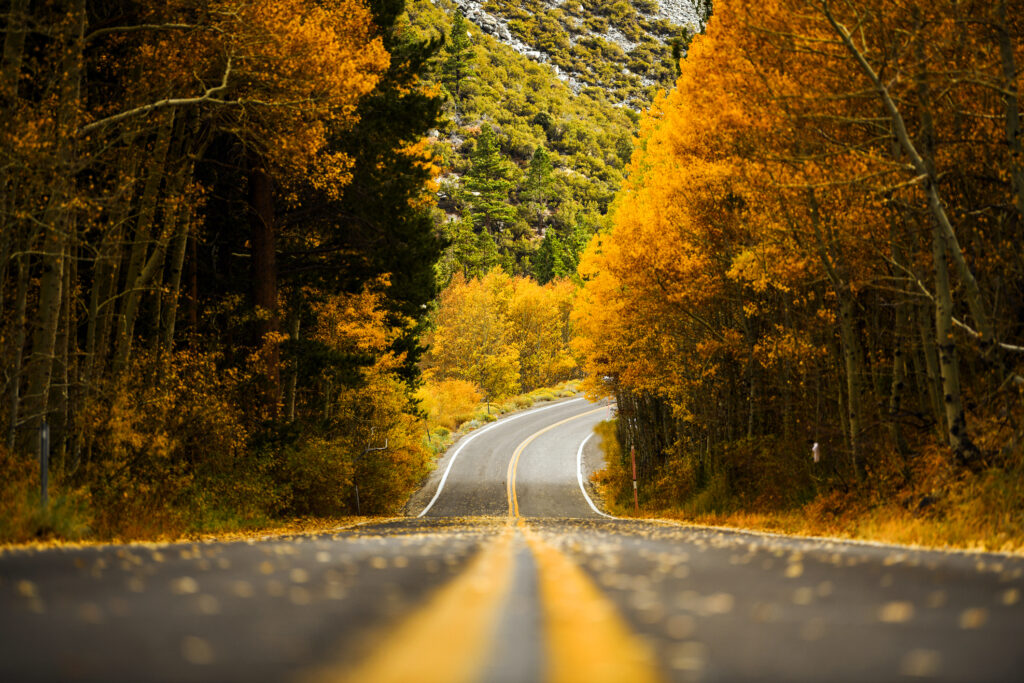
Use care on leaf covered highways
The fall season brings a lot of beautiful foliage. But as the leaves fall and winds blow a lot of those leaves will end up on roadways, impacting tire traction. Dry or wet leaves reduce tire traction and can cause tires to skid. Tanker Drivers should reduce their speed on leaf-covered roads, especially when making turns.
Leaves can also hide potholes, bumps, and other obstructions on the road. Here are a few ways fallen leaves can present new challenges for truck drivers:
- Motorists may park farther from the curb to accommodate piles of leaves.
- The increased amount of fallen leaves create puddles as they block drainage.
- Fallen leaves can hide pavement markings which makes driving more challenging.
- Bicyclists may stray from their designated lanes to avoid piles of leaves.
- Wet leaves turn into a slick mess when they coat the road during rain.
- Don’t forget – Tourists and locals alike can be prone to slowing down to catch a beautiful display of colors during the autumn season.
Tanker drivers should make sure you have plenty of stopping distance to avoid a collision during the fall season, and try to avoid parking next to piles of leaves, as they are a fire hazard next to your truck’s exhaust system.
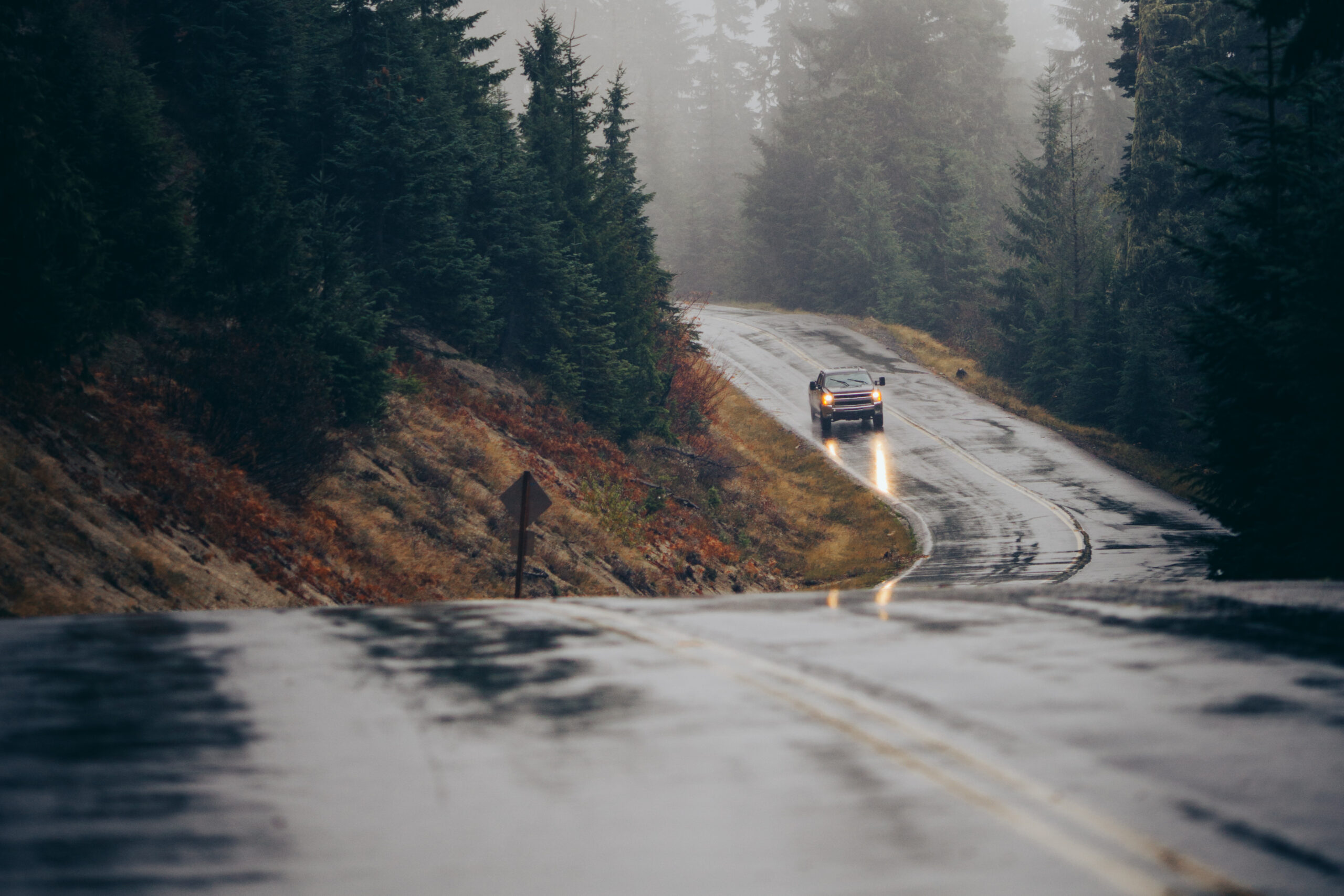
Be ready for rainy weather / dampness on the roads
Autumn is a rainy season in many parts of the Pacific Northwest, and tanker drivers should be ready for this. Rain impairs visibility on the road, making it more slippery and dangerous. It is imperative for drivers to keep their distance from other cars and slow down. And please refrain from using high beams in fog conditions.
Tanker drivers should also be wary of large puddles because they can cause your front wheels to float, and you can lose steering. This phenomenon is known as “hydroplaning.” With more rain, and less-efficient drainage due to leaves in the road larger puddles become a bigger problem in the fall.
Slowing your speed helps. If you’re on a busy road, you can drive in the tracks of cars ahead of you where the road is driest.
Animals on the road
Fall marks the start of heavy deer activity, so you need to watch carefully for any deer that might dart in your path, especially in the Pacific Northwest. Deer generally travel in herds, so if you see one, assume there may be more coming. Elk, moose, and deer mate during the fall season, which means they’re more active and likely to cross the road more often, especially at dawn and dusk. Deer hunting and farming activity will also cause increased movement in deer, increasing the chances of a collision.
According to State Farm, West Virginia is the worst state for deer collisions, with Montana, Iowa, Pennsylvania, and South Dakota rounding out the top five. The insurance provider also says that November is the worst month for deer collisions, followed by October and December.
Drivers should drive slowly during these times and use headlights when driving through regions with large deer populations.
Changing weather conditions
The weather can change fairly quickly in the fall season. Sunny mornings could be followed by afternoon rain and fog, especially as drivers travel across the country. There are three types of fog to be aware of; precipitation fog, freezing fog, and advection fog. Each type of fog occurs in unique weather conditions and makes it difficult for drivers to see the road ahead. Flatbedders should keep their headlights on but avoid turning on high beams. It’s also important to avoid making lane changes to reduce the risk of an accident.
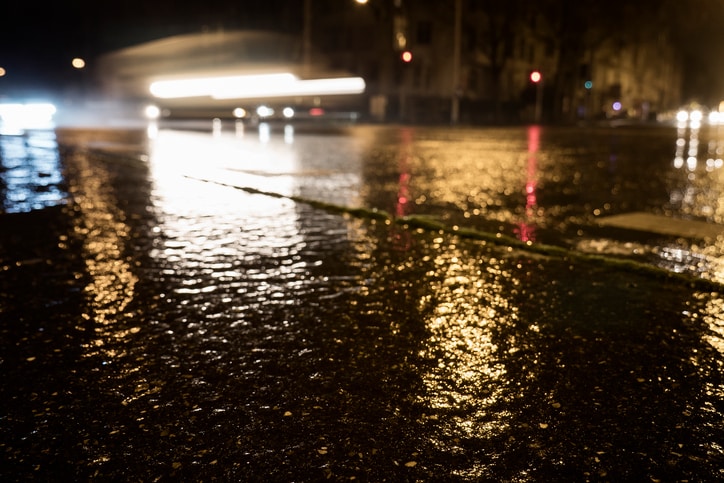
Don’t forget about black ice
In autumn, temperatures can vary greatly throughout the day. Therefore, black ice can form at night and early in the morning – a thin, imperceptible layer of ice on the road. Some of our tanker drivers are on the road during early morning hours, and that makes black ice a concern during the fall season. Black ice usually occurs due to the freezing of wet asphalt or puddles. Areas with black ice can play a trick on you while braking or rounding a corner. Always be on the alert drivers!
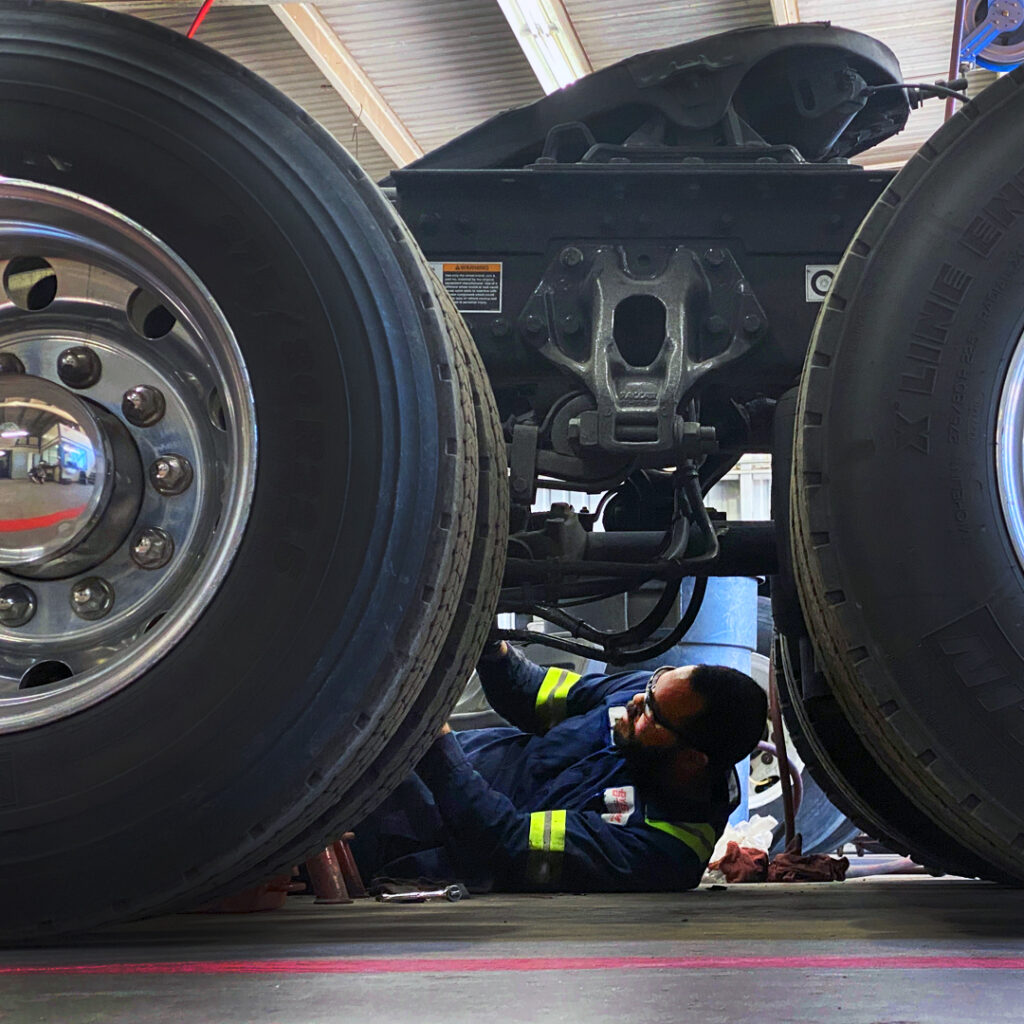
Monitoring tire pressure
JJW’s maintenance team ensures your truck’s tires are ready to go and meet the needs of changing fall weather.
- Changing temperatures – The changes in fall temperature can affect the PSI in your tires, so our maintenance team is more vigilant with checking tire pressure. Tire pressure can have an impact on handling, braking, and fuel-efficiency, so this important factor is never ignored by our maintenance team.
- Tire tread – Tires perform better on rainy surfaces if they have enough tread. And they stop faster and steer better on dry ones.
- Tire pressure – Also, proper tire pressure helps keep you rolling smoothly and safely. JJW expects your tires to drop at least 1 pound per square inch (PSI) of pressure each month, no matter the weather. When the air cools in the fall, that accelerates. Tires will drop another pound per square inch of pressure for every 10 degrees of temperature drop.
Put an ice scraper in your truck (just in case)
You never know when that first freeze is coming, so it only makes sense to put an ice scraper in your truck during the fall season. The months of September and October can see 80 degrees on one day and 30 degrees at night, so make sure you have the essential tools in your cab to clean your windows and mirrors.
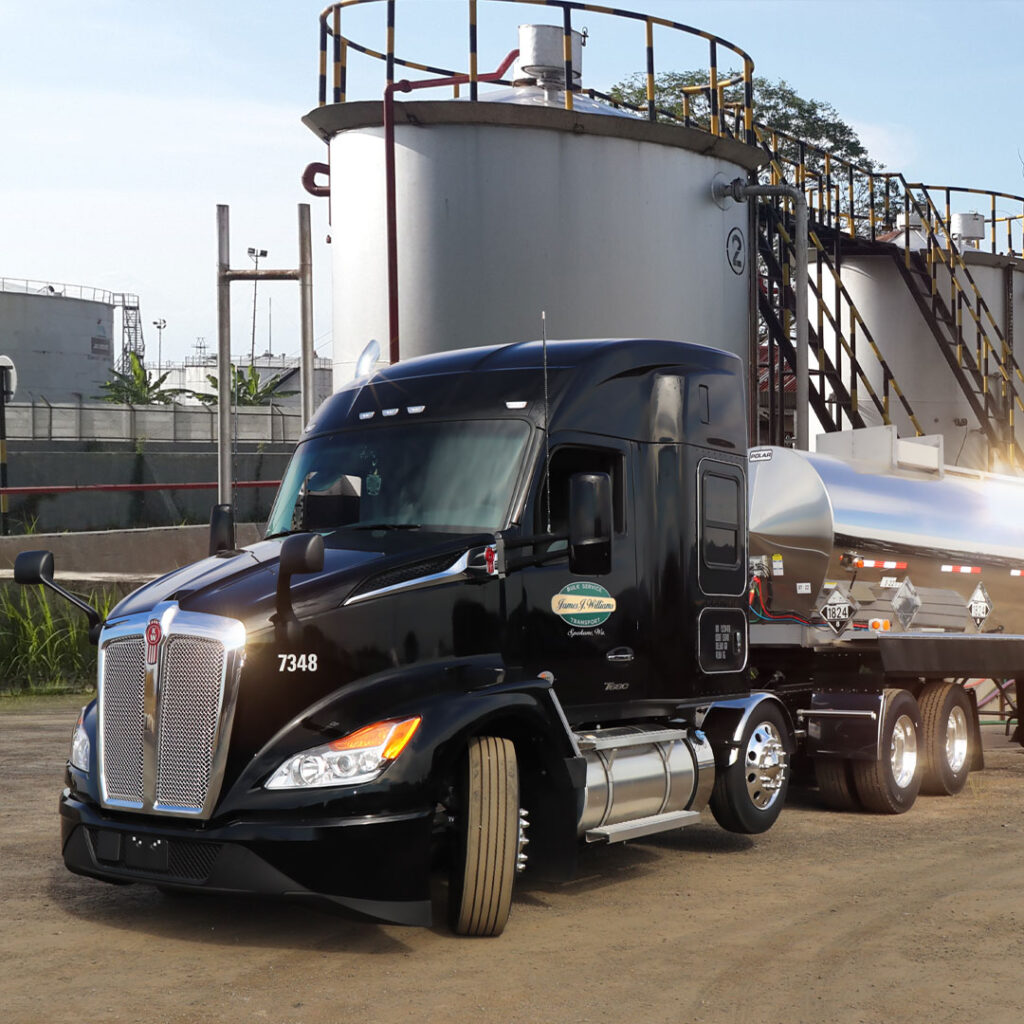
Are you currently working for a carrier that doesn’t recognize and reward your accomplishments? Are you frustrated with your current pay package and lack of career opportunities where you are right now? Join James J. Williams! We value our drivers and appreciate the essential work you do. If you’re a tanker driver in the Pacific Northwest with a CDL Class A License, apply for a JJW tanker truck driving job today! We can’t wait to hear from you. APPLY NOW >
